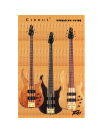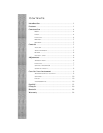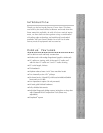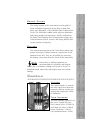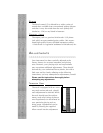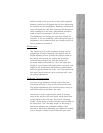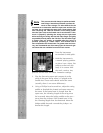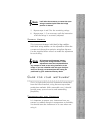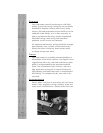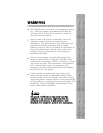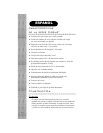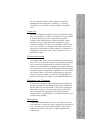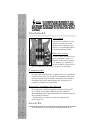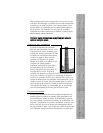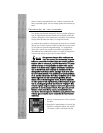
This process should always be performed with
new strings. Intonation problems are often the
result of worn strings. It is often difficult for the
untrained ear to determine when the open note and the fret-
ted note are at precisely the same pitch. Some players find
that comparing the 12th fret harmonic of the string (rather
than the open note) to the fretted note is much easier. A har-
monic is played by plucking the string with the right hand
while touching the string with the left index finger (as lightly
as possible) directly above the 12th fret. The left index finger
is drawn away as quickly as possible after the string is
plucked‚ producing a “chime” effect. This chimed note is
then compared to the fretted note. For greater ease and accu-
racy‚ we recommend one of the many types of electronic gui-
tar tuners that are available from most music stores.
1. Tune the instrument
to standard (A-440) pitch.
2. Hold the instrument in
a normal playing position
or place it on a clean, flat
surface so that only the
body is in contact with
the work surface. Any
pressure on the neck will affect intonation settings.
3. Play the first string open and compare it to the
pitch of the same string when it is played at the
twelfth fret. These notes should sound the same
(actually‚ there is an octave difference).
4. Using a Phillips head screwdriver‚ adjust the string
saddle so that both the fretted and open notes are
the same. If the fretted note is sharper than the
open note‚ the vibrating length of the string must
be increased. Move the bridge saddle to the rear—
away from the pickups. If the fretted note is flat‚
the vibrating length must be shortened. Move the
bridge saddle forward—toward the pickups—to
shorten the length.
8
Note



